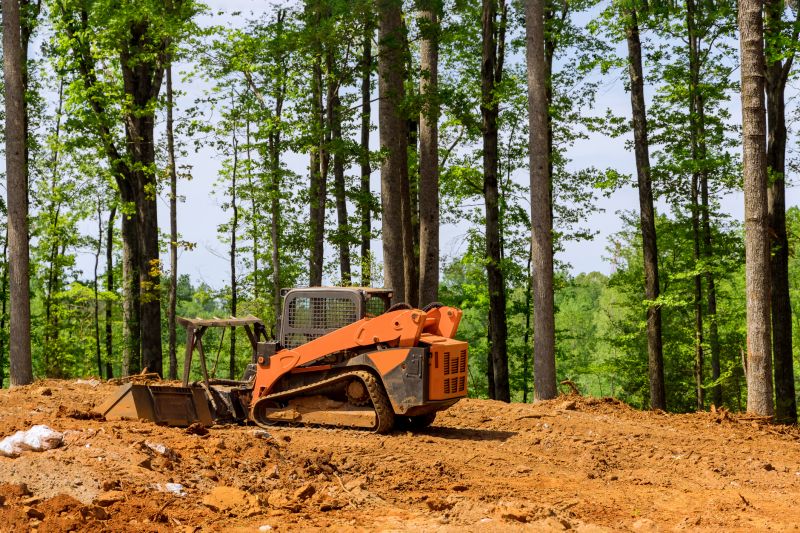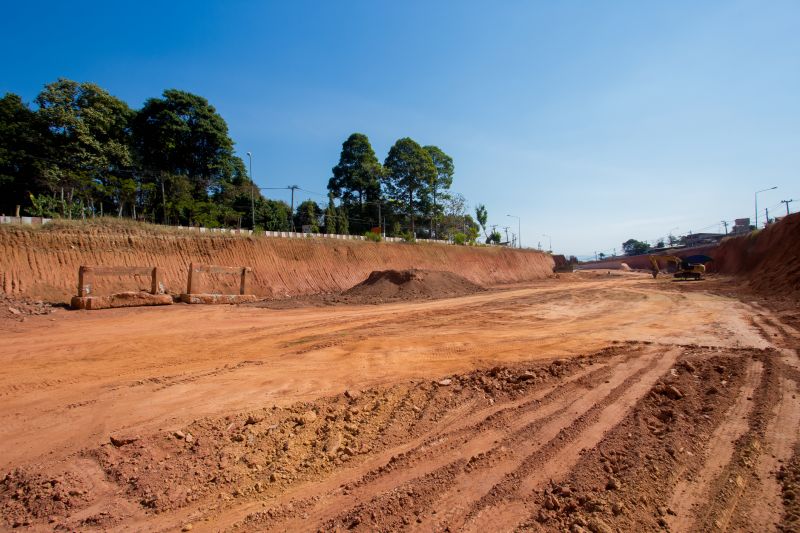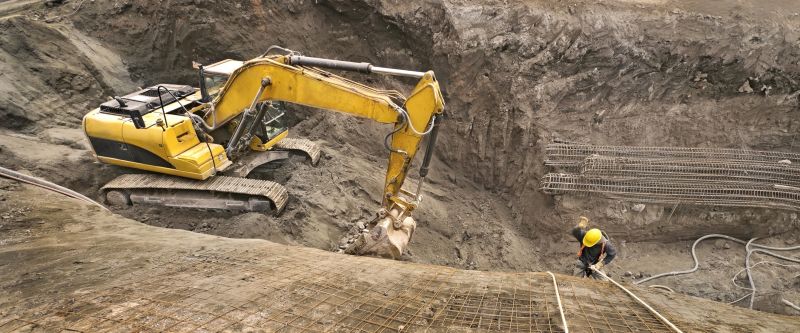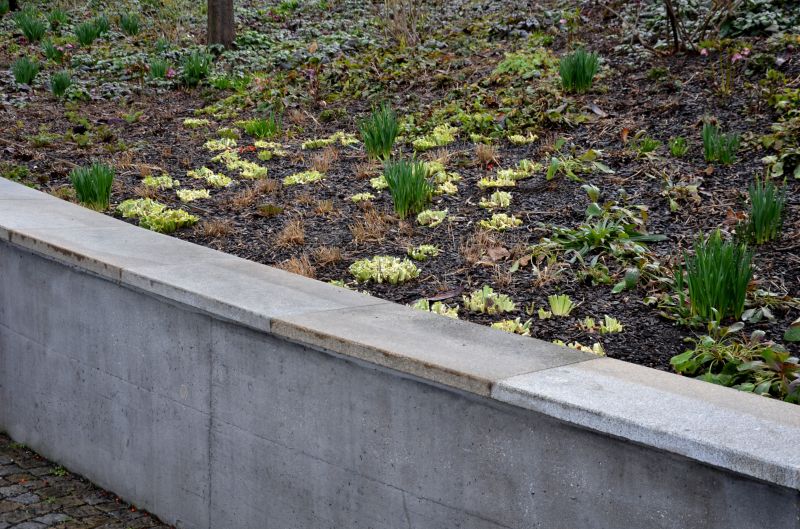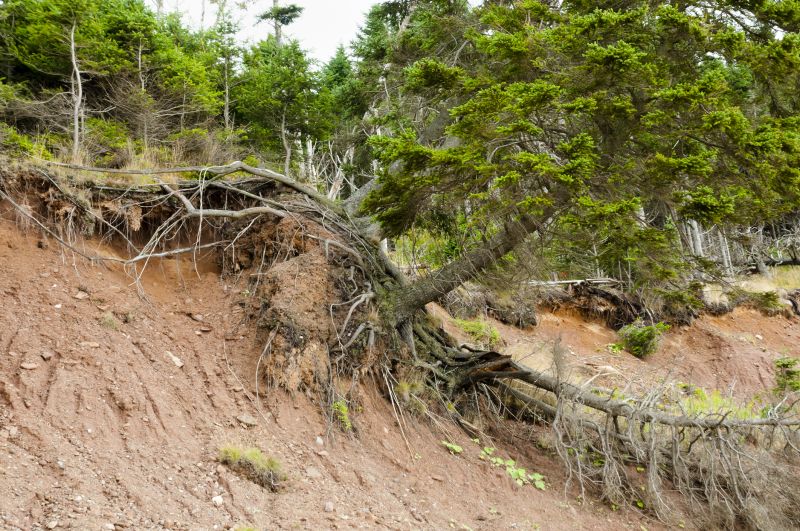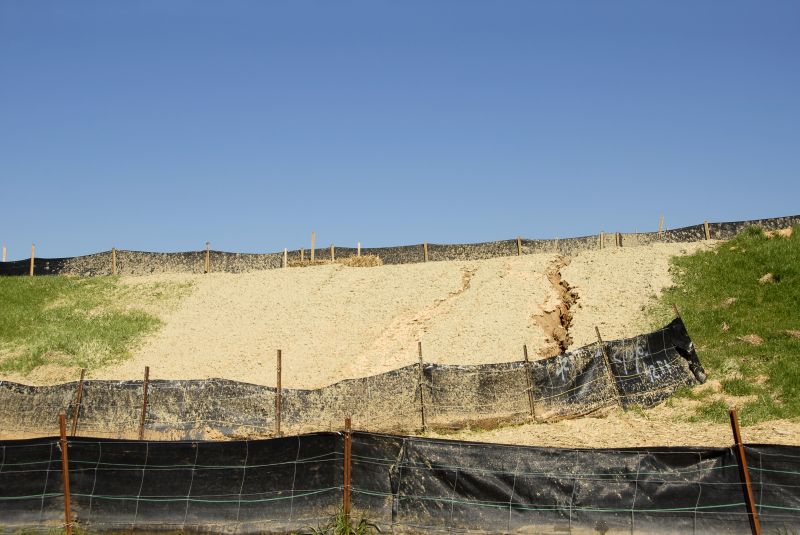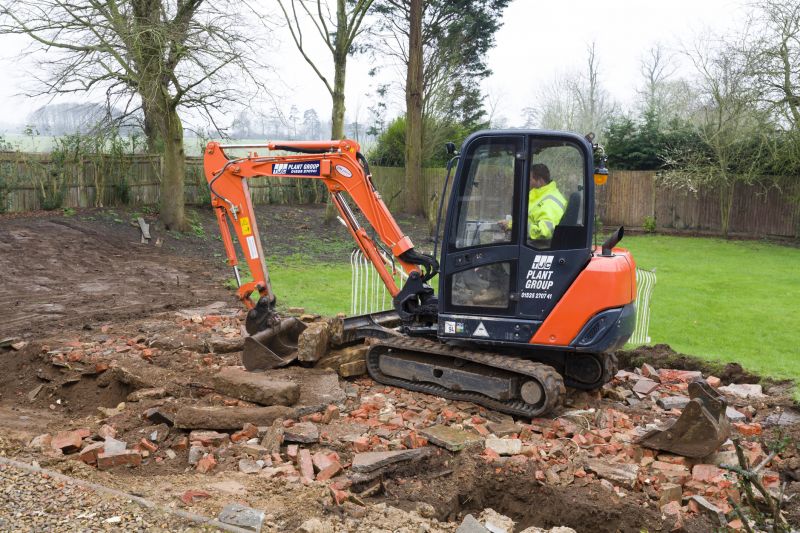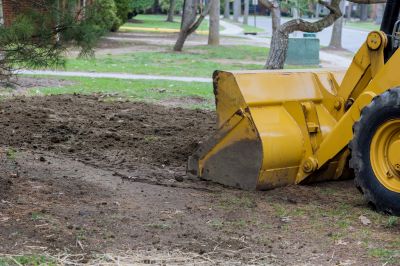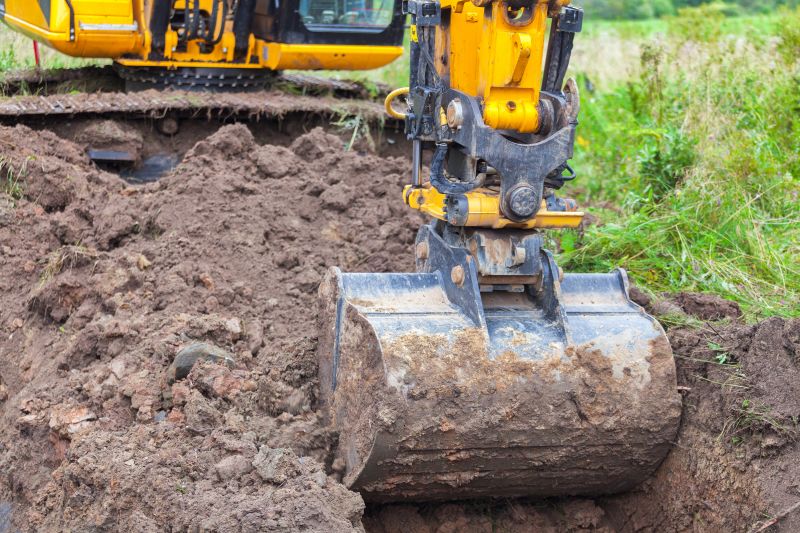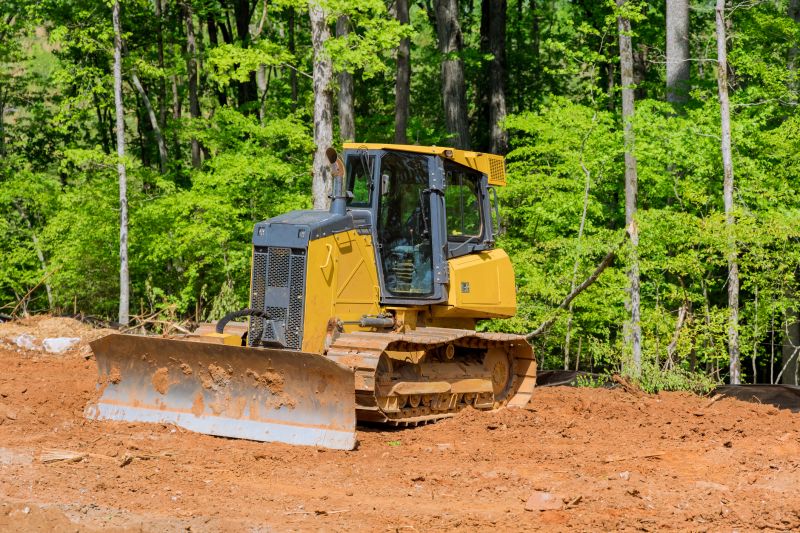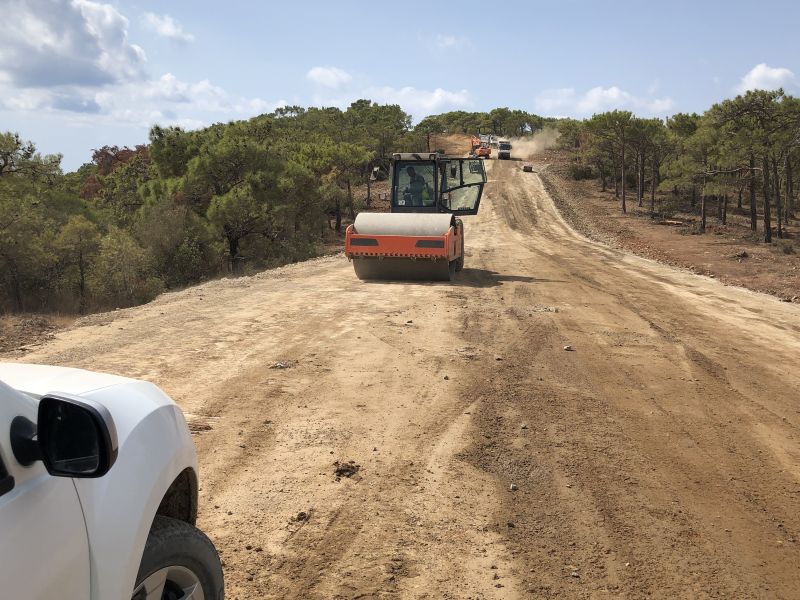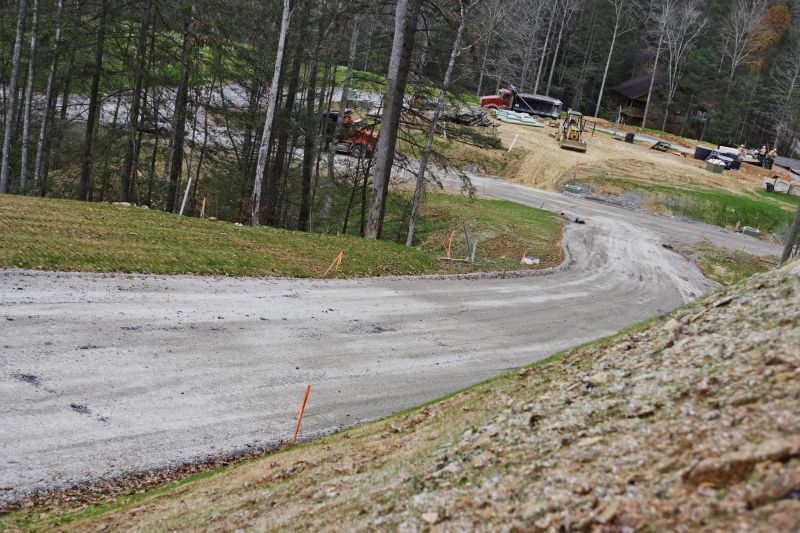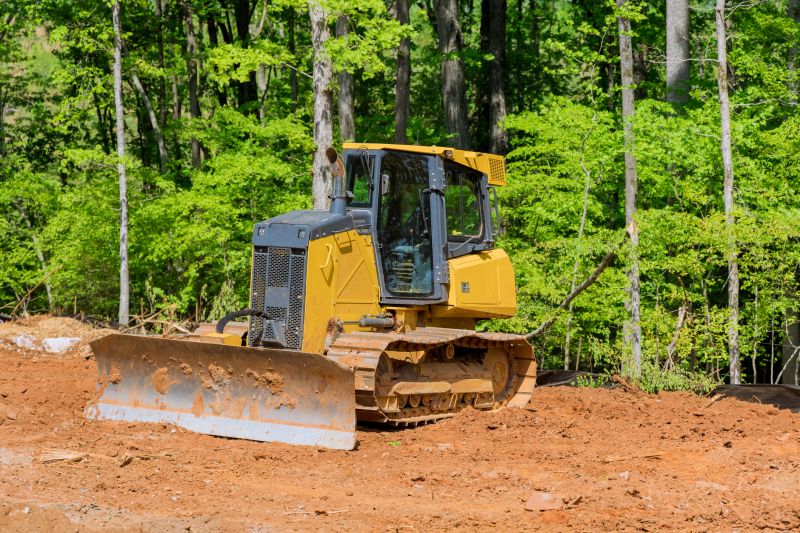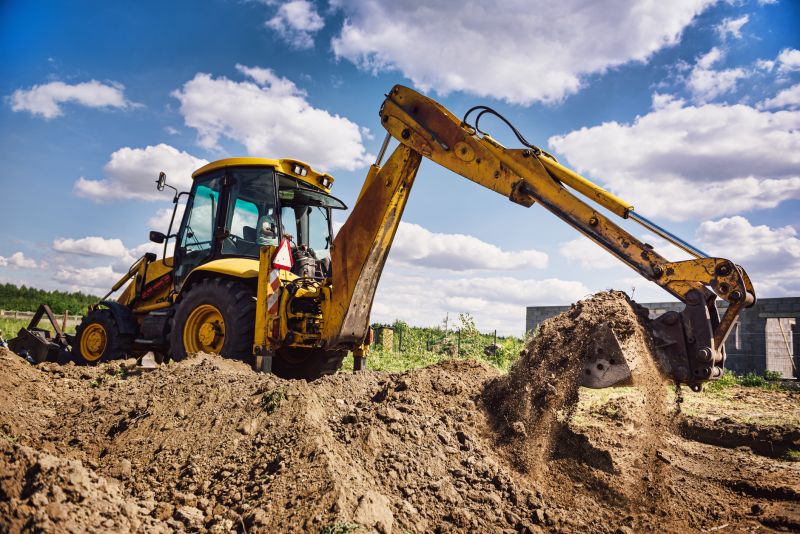
Lawn Resloping | How To
Get help with your lawn resloping needs. Fill out the form above and we will connect you with local pros in your area. Lawn resloping refers to the process of reshaping and recontouring the terrain of a lawn or yard. This technique is often employed to correct issues such as uneven surfaces, poor drainage, or to create more visually appealing landscapes. By altering the slope and grade of the land, lawn resloping can help prevent water pooling, erosion, and other potential problems. It is important to consult with a professional landscaper or contractor experienced in lawn resloping to ensure the best results.
How to Reslope Your Lawn
Resloping your lawn can help prevent water pooling and improve drainage. Follow these steps to successfully reslope your lawn:
Step 1: Assess the Current Slope
Start by evaluating the current slope of your lawn. Look for areas where water tends to accumulate or does not drain properly. Take note of any low spots or uneven areas that need to be addressed.
Step 2: Mark the Desired Slope
Determine the ideal slope for your lawn. Generally, a slope of 2-3% is recommended for proper drainage. Use stakes and string to mark the desired slope across your lawn.
Step 3: Remove Existing Vegetation
Clear the area of any existing grass, plants, or debris. Use a shovel or a sod cutter to remove the vegetation and create a clean surface for the resloping process.
Step 4: Excavate the Low Areas
Identify the low spots on your lawn and excavate them using a shovel or a small excavator. Remove the soil until you reach the desired level for the new slope. Make sure to dispose of the excess soil properly.
Step 5: Fill and Compact
Fill the excavated areas with quality topsoil. Use a rake to spread the soil evenly and compact it gently using a lawn roller or by walking over it. Ensure that the soil is firmly packed to prevent future settling.
Step 6: Grade and Shape
Using a rake or a grading tool, shape the soil to match the desired slope. Smooth out any uneven areas and create a gradual transition between the high and low points of the lawn.
Step 7: Water and Seed
After shaping the soil, water the resloped area thoroughly to settle the soil and provide moisture for the new grass seeds. Follow the recommended instructions for seeding your lawn and apply the appropriate amount of seed for the area.
Step 8: Maintain and Monitor
Regularly water the newly seeded area to keep the soil moist until the grass seeds germinate. Avoid walking on the resloped area until the grass is well-established. Monitor the progress and make any necessary adjustments to ensure proper growth and drainage.
By following these steps, you can successfully reslope your lawn and improve its overall drainage. Remember to take safety precautions and seek professional assistance if needed.

